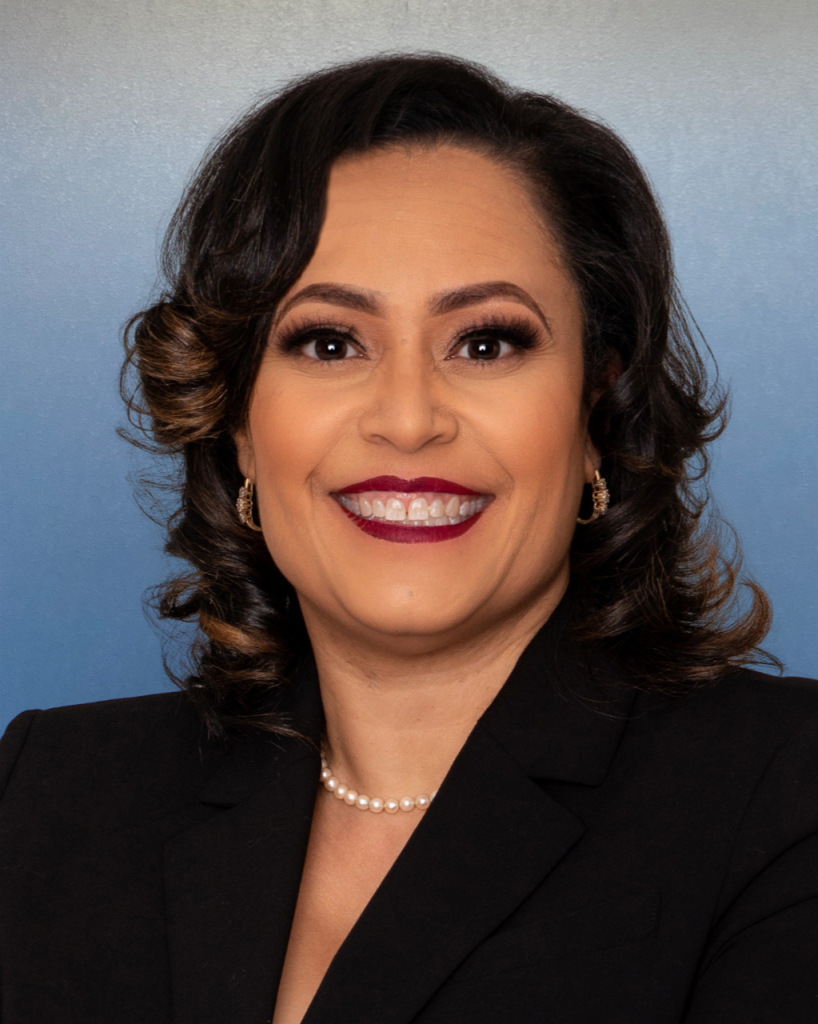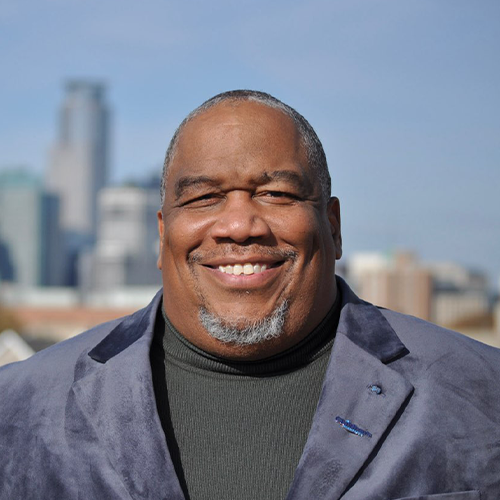What inequities do children face in Minnesota?
Dr. Burrage: Some of the inequities children face in Minnesota include child poverty, child-care accessibility, housing, food accessibility, access to medical care, access to student support personnel to assist with socio-emotional needs and academic support in schools.
Are these inequities different depending on the race and ethnicity of the children? Are different solutions required or should all solutions be viewed the same?
Dr. Burrage: This question gets at the difference between equity, equality and justice. As a parent of three children, I learned each of my children is unique and needs support based on their unique needs. Solutions should be discussed to address the unique needs of each individual. In schools, students have individual learning plans to assist with their academic growth. There are many different inequities or barriers that individuals may face which is why this work is so important.
Is eliminating inequities a priority for you and the Walz-Flanagan administration and if so, what are the challenges to eliminating these inequities?
Dr. Burrage: The Walz-Flanagan administration under the One Minnesota Plan has the mission to improve the lives of all Minnesotans by working collaboratively to implement policies that achieve results. They seek to end discrimination and eliminate disparities for people of color and Indigenous community members, women, members of the LGBTQIA2S+ community, people with disabilities, immigrants and people in all zip codes and of all economic statuses.
The challenges to eliminate these inequities are seen in Governor Walz and Lt. Governor Flanagan’s priorities to work together with Minnesotans to solve problems in key areas:
- Children and families
- Safe and thriving communities
- Housing and workforce
- Healthy Minnesotans
- Equity and inclusion
- Minnesota’s environment
- Fiscal accountability, customer experience and measurable results
Eliminating inequities is a priority and is the work of the Office of Equity, Opportunity, and Accessibility.
How are you measuring success and where are you seeing progress?
Dr. Burrage: We started convening members of the Black community in April 2022 through virtual sessions called Mind, Body, and Soul with 130+ community members. Currently, we have over 1,500 people who connect through this format. I measure success by bringing community together and ensuring they have a seat and a voice at the table of state government. I am always asking the questions that center in results-based accountability to include the following:
- How well did this work and serve the community?
- How many people did we serve?
- Are people better off because of the conversation/input?
- Did we illuminate issues that result in positive feedback and were issues resolved?
We are seeing progress in many areas, including these examples from the Minnesota Department of Health and the 2023 legislative session:
- $4.4 million per biennium ongoing to establish the Office of African American Health (OAAH), African American Health State Advisory Council (AAHSAC), and African American Health Special Emphasis Grants for community-based and health organizations to plan and develop programs to improve Black health outcomes. The focus in years one and two is on addressing historical trauma and systems.
- $1.5 million to examine inequities in how people experience health care based on race, religion, culture, sexual orientation, gender identity or disability.
- Identify strategies from community ensuring that all Minnesotans can receive care and coverage that is respectful and ensures optimal health outcomes.
Are there models of success in the private sector or other states that you seek to emulate? What have you heard from Minnesotans (during your listening tour and your time as an educator)?
Dr. Burrage: I reviewed other models and looked at different state structures with similar work. Once I researched the different models, I then began to listen to the people of Minnesota through a listening tour to hear directly about the needs and wants of communities. What I heard from community was the following:
- They want our office to be a place where they can come to get support and/or assistance and guidance, connecting them with the right person/group for support or information.
- Look for ways to incorporate additional Mind, Body, and Soul Convenings in more community groups.
- They need support in the following areas: workforce development, education, childcare, housing, mental health and health–related concerns, public safety and technical assistance.
In education, and as I learned on my listening tour, people want to be seen, heard, valued for their lived experiences. Community members want to have support in place to meet their needs to successfully raise their families and contribute to society and their community.
How can hospitals, health care systems, businesses and communities best partner with you?
Dr. Burrage: We are all in this together and here are ways we can partner:
What can an average person do to help?
Dr. Burrage: Stay engaged and contact our office with the needs of the community. One phone call may assist in providing support to community groups.


